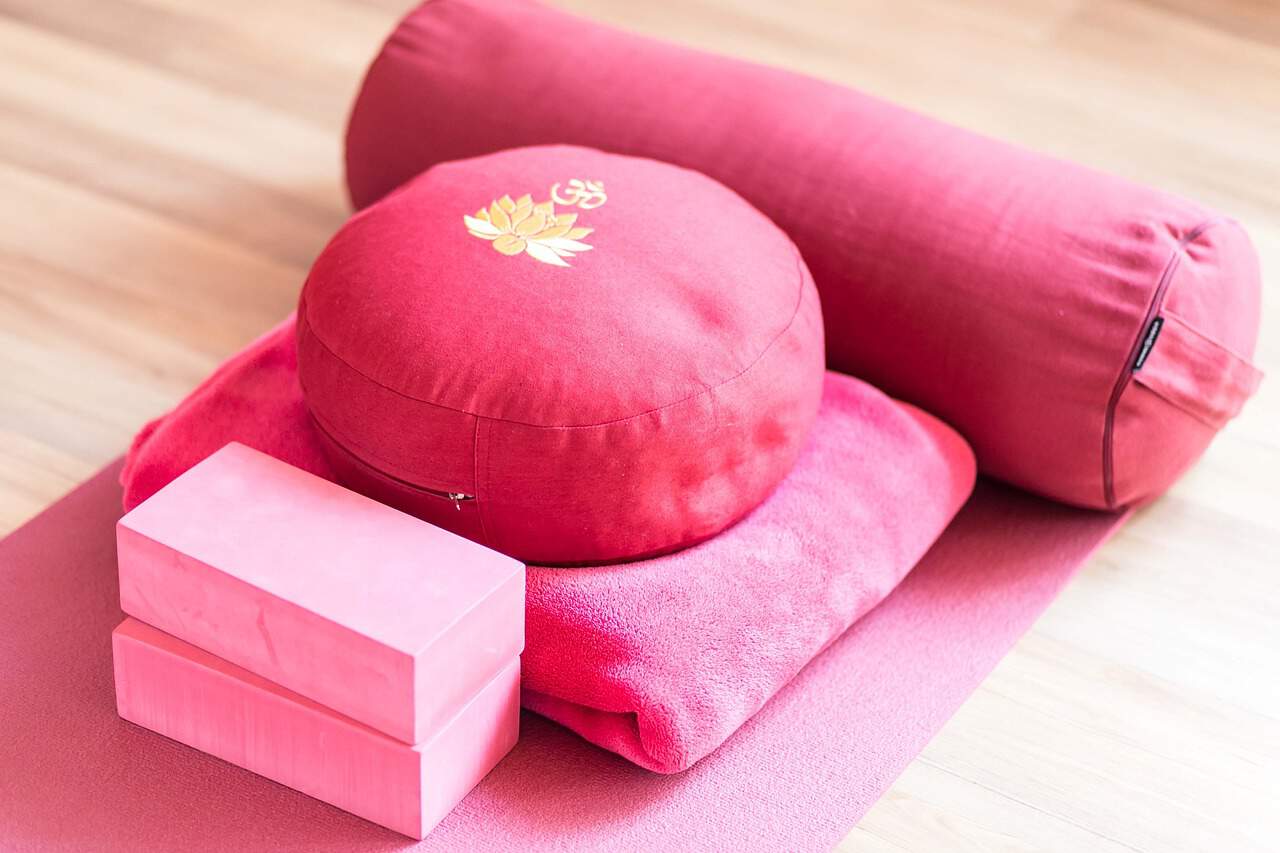Yoga can improve flexibility and reduce chronic pain among those who practice regularly. Since National Yoga Awareness Month in September is upon us, it makes sense to look closer at yoga and how it may benefit your holistic health and well-being, particularly if you have limited mobility or physical disabilities.
National Yoga Awareness Month observes and celebrates the many benefits of yoga. Since 2008, Americans have participated in National Yoga Month through learning and engaging in this ancient practice. This observance is meant to shed light and motivate consumers to try yoga and reap the health rewards of consistent practice. Don’t think you can do yoga due to physical limitations? Try these yoga exercises instead:
- Chair yoga for those who have mobility issues
- Yoga pose modification for individuals with knee-replacement
- Adaptive yoga poses for individuals with cerebral palsy
- Pranayama yoga and breathing for those with multiple sclerosis
Typically, National Yoga Month is observed with events, classes, and educational opportunities, but check your local calendar and civic groups for more information pertaining to your region. Also, consider mobility aids to enhance accessibility.
Adaptive Yoga for All
These various and modified practices are known as adaptive yoga. This type of yoga considers all different bodies, skills, abilities, and mobility levels. These groups are typically accessible to all with poses taught to be adapted to the participant’s distinct ability and conditioning. Some practitioners call these ‘accessible yoga’ practice.
If you have ever had the opportunity to attend an adaptive or accessible yoga class, you likely noticed that they are smaller with more individual attention than perhaps a larger, more conventional fitness class may be. These classes tend to work more slowly, providing more time for each pose and allowing for additional instruction or guidance, as needed. However, these adaptations should not be mistaken as less rigorous, as these types of yoga still provide a great workout.
Rather than a specific way of doing each pose or exercise, this yoga practice puts the emphasis on adapting the move to the individual. One way that this is achieved is with Chair yoga, for instance, but more on that soon!
Benefits of Adaptive Yoga
So, what is the purpose of adapting yoga poses and putting in the work? Many experts suggest that there are holistic advantages of yoga, including physical, mental, and emotional well-being. Plus, regular yoga practice can increase and improve mobility with consistency, among other compelling perks. What are some other benefits of adaptive yoga? Well, according to health experts, there are a few, including these:
- Chair yoga is a gentle and low-impact way to reap the benefits of this exercise. It helps gradually strengthen the mind and body, according to research.
- Yoga- including chair yoga can also help subdue chronic pain among participants.
- Studies show that chair yoga and other adaptive practices can reduce the swelling, inflammation, and pain associated with osteoarthritis. Furthermore, participants with physical disabilities report less interference and issues with everyday activities when engaging in yoga at least twice weekly.
- Yoga can improve coordination and increase balance among seniors which may result in fewer adults falling or experiencing injuries related to a fall. Regular chair yoga can improve confidence and stability so that falls are less often and less severe. Since falling is the leading cause of injury and accident-related fatality in the US, this is a compelling reason to advocate for adaptive yoga practice.
- Yoga and deep breathing exercises can be effective ways to combat anxiety and lower stress. Thus, this may help improve and boost mood, too.
- Yoga offers many yogis relief from the symptoms of post-traumatic stress disorder, or PTSD. Regular yoga can lower inflammation in the body, which can reduce chronic pain of various types.
- Yoga has been shown to lower the incidence and progression of health conditions, including heart disease.
- Participating in yoga classes or groups, albeit small ones, can provide the same benefits of regular socialization. Social engagement is key to healthy aging; make yoga one way that you meet and interact with others!
From chair yoga to deep breathing, the benefits are most notable when you practice regularly. Consistency is key to unlocking a wide range of health perks including those that are mentioned here. Make the commitment to do yoga daily throughout September, National Yoga Month, this year. Regardless of conditioning, age, mobility, or other medical issues, these benefits are yours with regular and routine yoga practice. Talk to a yoga instructor or engage other ‘yogis’ in your area to find out more and improve your mind-body wellness right now.
Could yoga improve your mobility? With regular practice and consistency, it can! As always, talk to your healthcare provider before embarking on a new health or fitness regimen, and talk to the team at Pacific Mobility about everyday mobility aids to make life easier and more accessible.
President, Husband, Father, Grandfather Graduate of UC Davis- Bio Sci Major- Go Aggies! Jeff has extensive experience in all of Pacific Mobility’s products and services, and specializes in accessibility products as well as stairlifts, ceiling lifts and custom wheel chairs. His hobbies include spending time with family, gardening, mountain biking, exercising and off road motorcycle riding.
24 years as Owner/President of Pacific Mobility Center – selling, installing, and servicing stairlifts, porch lifts, ceiling lifts, pool lifts, handicap ramping, specialty wheelchairs, scooters, power wheel chairs, and other power mobility devices
Certified Environmental Access Consultant since 2008
Licensed General Contractor since 1998
Certified Aging in Place Specialist since 2016
Board Member for Home Access Professionals
Member of Association of Members of the Accessibility Equipment Industry (AEMA)




